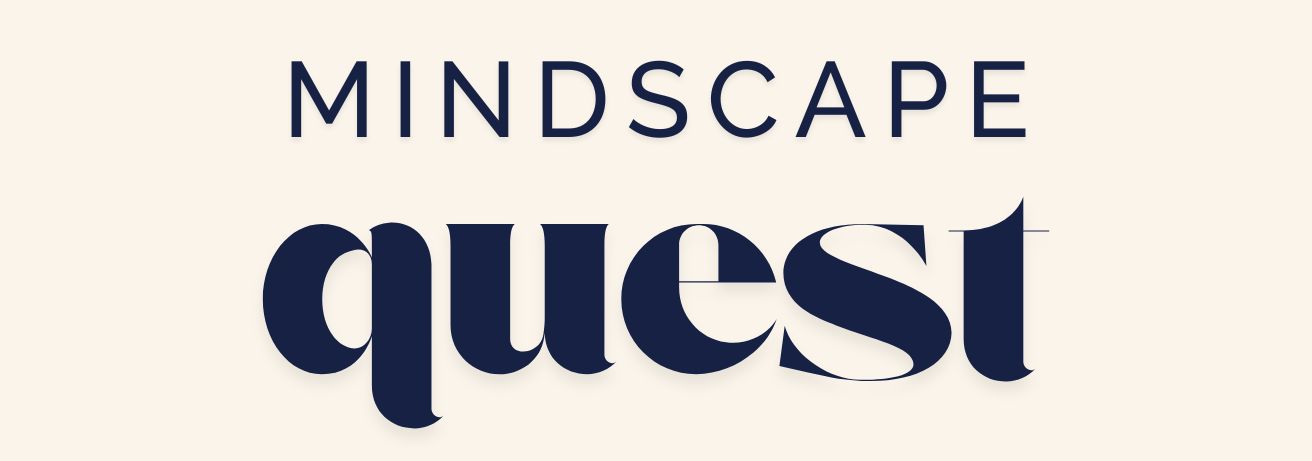Introduction to Breathing Techniques for Anxiety
Feeling overwhelmed by tension or anxious thoughts? Discover how a simple, natural approach like diaphragmatic breathing may offer a calming reset. Breathing is an automatic process, yet the way we breathe can significantly impact our physical and mental state. Techniques such as diaphragmatic breathing, belly breathing for anxiety, and deep breathing techniques are known to promote relaxation and reduce stress. This guide explores one person’s experience and how these techniques became a valuable support during stressful moments.
Understanding Diaphragmatic Breathing
Diaphragmatic breathing, often referred to as “belly breathing,” involves engaging the diaphragm, a large muscle located at the base of the lungs. This technique encourages full oxygen exchange, which can slow the heartbeat and lower or stabilize blood pressure. Unlike shallow breathing, which can exacerbate anxiety, diaphragmatic breathing provides a sense of calm and control.
To practice diaphragmatic breathing, follow these steps:
- Sit or lie down in a comfortable position.
- Place one hand on your chest and the other on your belly.
- Inhale deeply through your nose, allowing your belly to rise while keeping your chest relatively still.
- Exhale slowly through your mouth, feeling your belly fall.
- Repeat this process for several minutes, focusing on the movement of your belly.
This method can be particularly beneficial for those experiencing anxiety, as it encourages a focus away from stressors and onto the rhythm of breathing, promoting mental clarity and emotional balance.
Belly Breathing for Anxiety Relief
Belly breathing is a cornerstone technique for managing anxiety. It emphasizes breathing from the abdomen rather than the chest, which can help in reducing the physiological symptoms of anxiety, such as rapid heartbeat and shortness of breath. By focusing on the belly’s movement, individuals can shift their attention away from anxious thoughts.
Research supports the effectiveness of belly breathing in anxiety management. A study published in the journal Psychosomatic Medicine found that participants who practiced belly breathing experienced significant reductions in anxiety and stress levels. This technique can be easily incorporated into daily routines, offering a practical tool for those seeking natural anxiety relief.
Consider these tips for integrating belly breathing into your life:
- Set aside a few minutes each day for practice.
- Use reminders, such as phone alerts, to prompt breathing exercises.
- Incorporate breathing into meditation or yoga practices for added benefits.
With consistency, belly breathing can become a go-to strategy for calming the mind and body during anxious moments.
Exploring Deep Breathing Techniques
Deep breathing techniques encompass a variety of methods designed to enhance relaxation and reduce stress. These techniques often involve slow, controlled breathing patterns that maximize lung capacity and oxygen intake. Deep breathing can be practiced in different forms, including the 4-7-8 technique and box breathing.
The 4-7-8 technique involves inhaling for four seconds, holding the breath for seven seconds, and exhaling for eight seconds. This method is particularly effective for calming the nervous system and promoting sleep. Box breathing, used by Navy SEALs for stress management, involves inhaling, holding, exhaling, and holding again, each for four seconds.
Deep breathing exercises can be practiced anywhere, making them accessible tools for managing stress. The key is to find a technique that resonates with you and practice it regularly. Over time, these exercises can help build resilience against anxiety and enhance overall well-being.
Conclusion: Embracing Breathing Techniques for a Calmer Life
Incorporating breathing techniques such as diaphragmatic breathing, belly breathing for anxiety, and deep breathing into daily life can provide significant benefits for mental and physical health. These methods offer a natural, accessible way to manage stress and anxiety, promoting a sense of calm and balance.
Whether you’re seeking relief from anxiety or simply looking to enhance your relaxation practices, these breathing techniques offer valuable tools for achieving greater peace of mind. By dedicating time to practice and explore these methods, you can cultivate a more mindful, centered approach to life’s challenges.










